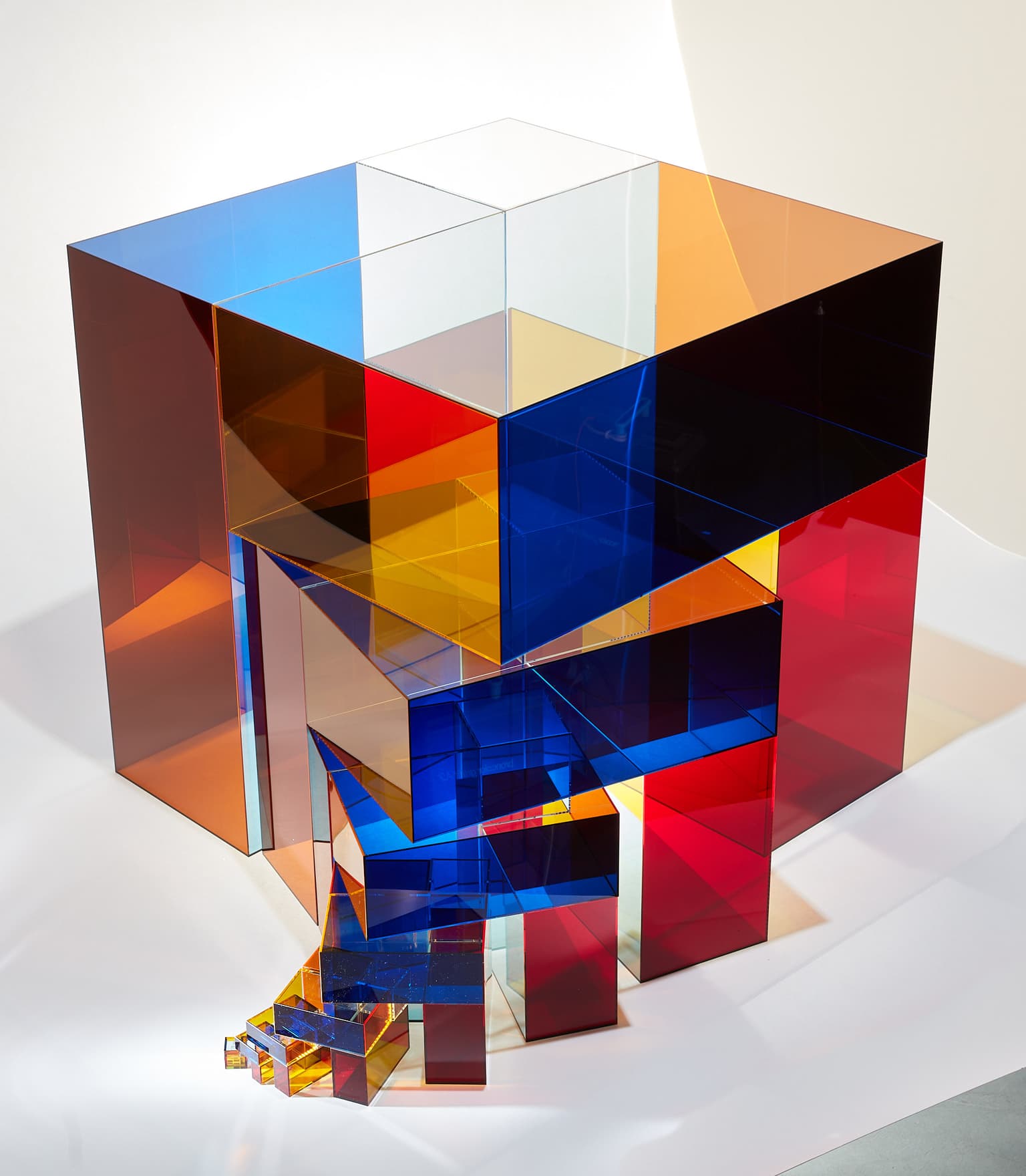Artists
Gauthier Cerf
Artist
Gauthier Cerf Art
Zurich, Switzerland
Statement
My Fibonacci Art is based on the Fibonacci number sequence. Fibonacci Art follows the spirit of Concrete Art or the Dutch De Stijl movement: they all pose constraints on the artwork. In Fibonacci artworks, the simple geometric objects must follow the dimensions of the Fibonacci numbers. The Fibonacci constraint, for me, is much like the metre is a constraint in poetry. It allows me to create poems for the eyes. My ambition is to use light, colors, forms, arrangements, space and substrate to a point where one does not need to appreciate or understand the mathematics behind an artwork to find the beauty and harmony in it. My Fibonacci Art works speak a simple and clear language. They are concise, precise and memorable.
Artworks
